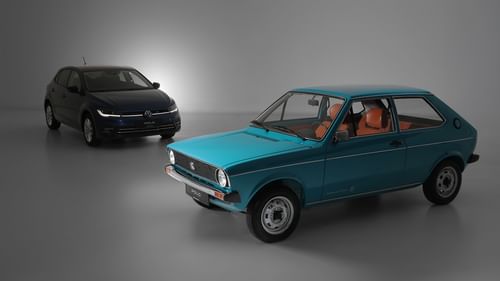Opinion: stop using AI to create car advert descriptions

Having spent the last couple of months helping my youngest son in his quest to find a Renaultsport Twingo 133, I can safely say that you should never use AI to create vehicle descriptions. Seriously, don't do it.
I understand that artificial intelligence can reduce the time it takes to create an advert, but it shouldn't be at the expense of authenticity and originality. Every used car is different and it's the little things that make a difference when we're searching for the right car.
In November 2024, Auto Trader launched Co-Driver, calling it a ‘suite of solutions powered by advanced artificial intelligence (AI) and machine learning’. Aimed at dealers, Auto Trader says it will ‘reduce the time and effort required to create detailed, highly compelling, and high performing used car and van listings, shortening the average time taken from circa 28 minutes to just a click of a button’.
Some of the features are impressive, like the AI image recognition tool, which puts the photos in an order that's most appealing to buyers. I also like the ‘Key Selling Points’ feature, which highlights the most distinctive specifications and features. I'm not against AI if it adds value to both the buyer and seller.

AI-generated descriptions are a different story, particularly if you're looking at a performance, classic or specialist car. Take this recent ‘gem’ from advert for a Renaultsport Twingo 133:
‘For sale is my much-loved 2009 Renault Twingo Renaultsport, a small but mighty hot hatch that offers an incredible driving experience. Perfect for those who love nimble handling, a punchy engine, and a touch of French flair, this car has been carefully maintained and is ready for its next owner.’
Putting aside the fact that the seller has owned the car for less than a month – ‘much-loved’, really? – the paragraph is little more than a word salad of waffle. Aside from the year of manufacturer, which is in the title, it tells us nothing about this particular example.
It gets better. The heated seats – a rare feature on a Twingo 133 – provide ‘added comfort during colder weather’. Amazing. The air conditioning is great for a ‘cool and comfortable ride’, while the sports seats deliver ‘added support in dynamic driving situations’.

An ad for a Twingo 133 of a similar age and price includes the following intro text: ‘The Renault Twingo, a petrol-powered car, was first registered in 2009 and boasts the Renaultsport trim. As a VVT Renaultsport variant, it combines practicality with a sporty edge. The vehicle includes manual air conditioning, ensuring a comfortable environment for both driver and passengers.’
Again, so many words to say so little. In fairness, this particular dealer does add some key info to the AI-generated description, including when the belt and water pump were changed, but there are still many unanswered questions. By all means use AI at a starting point, but make sure you tell us why your car is better than the other one we might be looking at.
The key is authenticity. Whether you're a private seller or a dealer, we'd rather see the odd typo or examples of poor grammar than an AI-generated word salad of nothingness. Artificial intelligence will almost certainly make me redundant and render this motoring blog obsolete, but it'll never understand what a proper car enthusiast looks for when they're spending their evenings trawling the classifieds searching for vehicles they neither need nor can afford.
Put it this way. Take the AI-generated description and read it out loud. If you don't sound like a normal human being, take a few minutes to craft it into something better. People buy cars from people, not computers. Or maybe I'm just getting old.
Buying a car on eBay? Check out Petrolblog's, ahem, essential tips.





